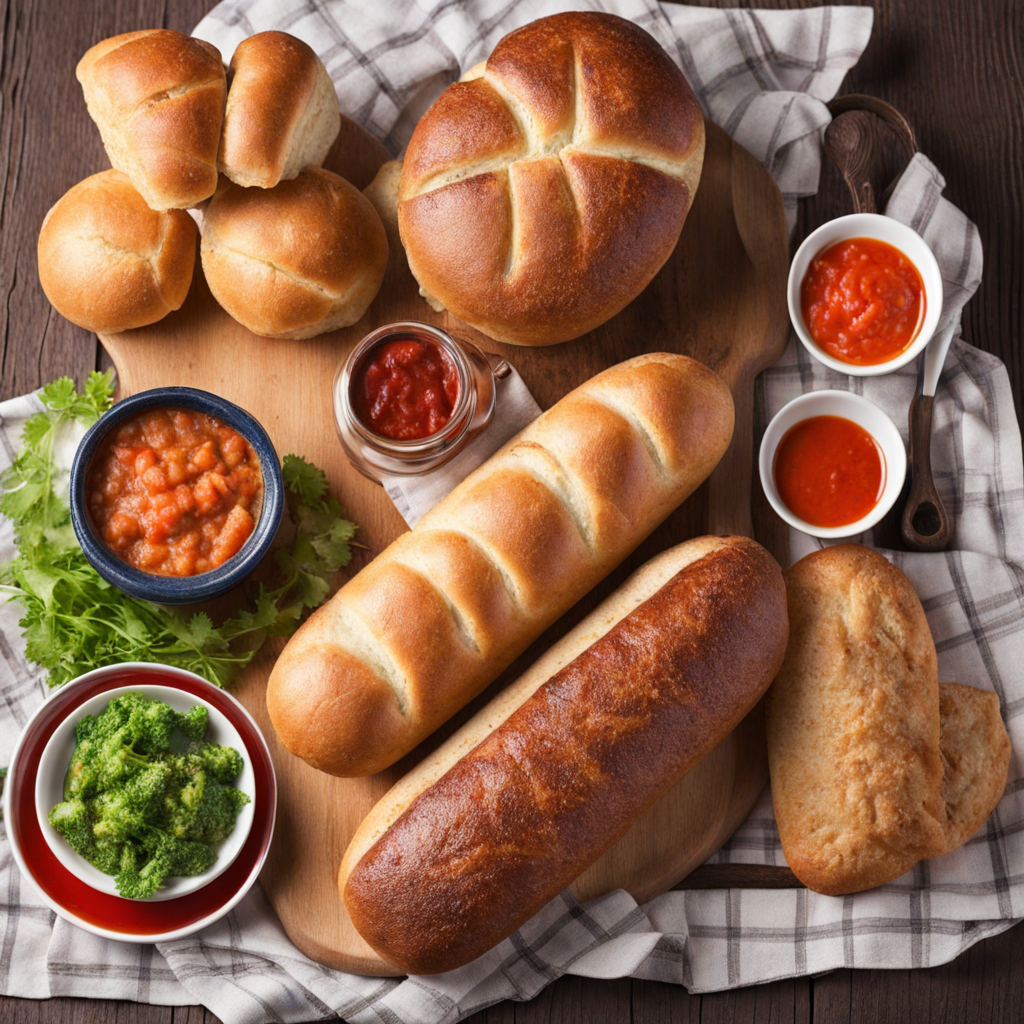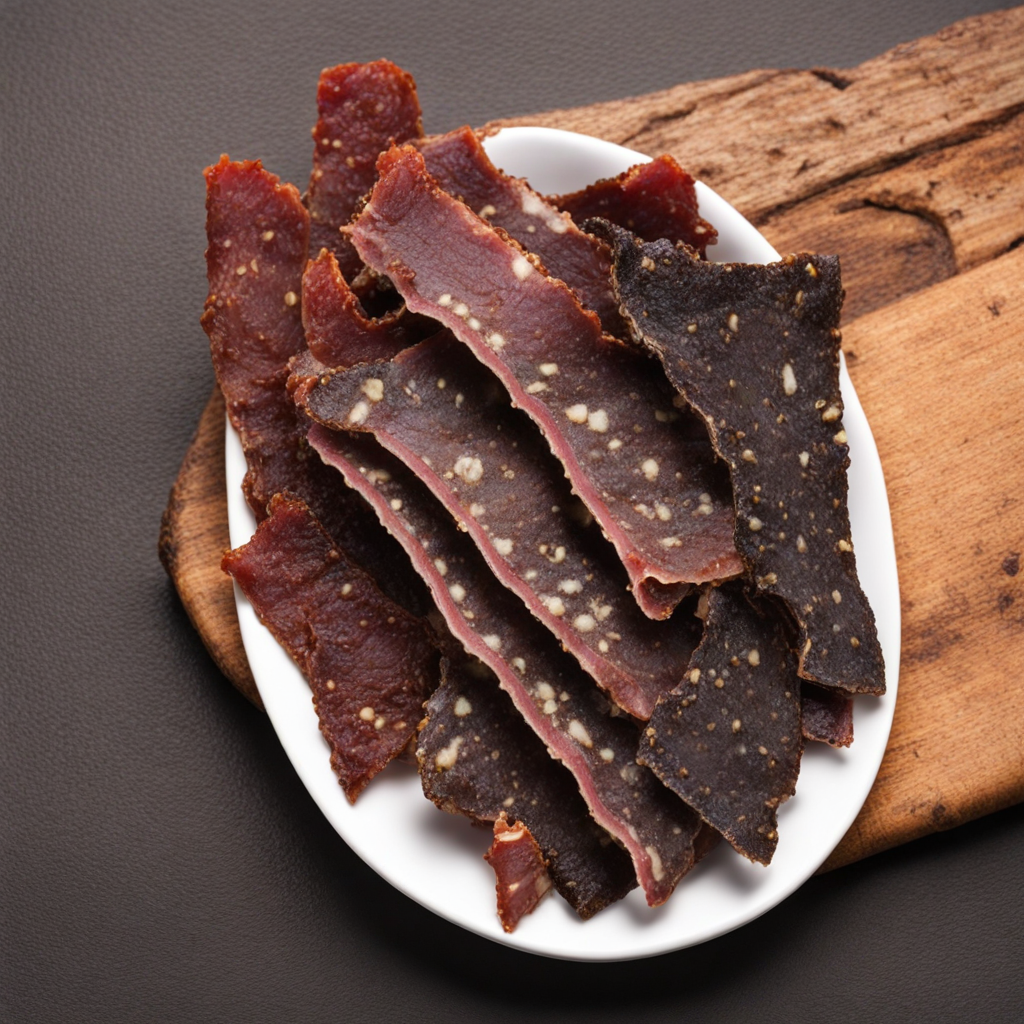Kota
Kota, a beloved street food from South Africa, is a unique and satisfying dish that exemplifies the region's vibrant culinary culture. Traditionally, it consists of a quarter loaf of bread, hollowed out to create a vessel for a variety of delicious fillings. The bread is often crispy on the outside and soft on the inside, offering a delightful contrast in texture. The fillings can vary widely, but they often include savory ingredients like spiced meats, polony (a type of sausage), egg, and a medley of sauces that add depth and flavor. What makes Kota truly special is its ability to reflect local tastes and preferences. Vendors may include toppings such as cheese, chutney, or even fried chips, creating a rich, indulgent experience that is both hearty and satisfying. Each bite offers a burst of flavors, with the tangy sauces complementing the savory fillings, while the bread serves as a comforting base that soaks up all the delicious juices. Enjoying Kota is not just about the food; it's also about the experience. It is often consumed on-the-go, making it a popular choice for busy individuals and families alike. Whether devoured at a street stall or enjoyed at home, Kota brings people together, celebrating the rich tapestry of South African cuisine. Its accessibility and customizable nature allow for endless variations, making it a dish that invites experimentation and personal touch.
How It Became This Dish
The History of Kota: South Africa's Beloved Street Food Kota, a vibrant and flavorful South African street food, has captured the hearts and palates of many, particularly in urban areas like Johannesburg and Pretoria. This hearty dish, often described as a “ghetto burger,” is a testament to the creativity and resourcefulness of its origins, as well as the cultural dynamics of South Africa. To understand Kota is to delve into the rich tapestry of South African history, community, and the evolution of its culinary landscape. #### Origins of Kota The roots of Kota can be traced back to the township culture of South Africa, particularly during the apartheid era. The term "Kota" is derived from “quarter,” referencing the quarter loaf of bread that forms the basis of the dish. Traditionally, a Kota is made by hollowing out a quarter of a loaf of bread and filling it with a variety of ingredients, such as polony (a type of sausage), chips (French fries), cheese, and various sauces. This makeshift yet indulgent meal emerged as a way for the working-class population, particularly among black South Africans, to enjoy a filling and affordable meal. The socio-economic conditions during apartheid played a crucial role in the development of Kota. Many people lived in townships with limited access to resources, which forced them to be innovative with the ingredients they had on hand. The Kota exemplifies this creativity, as it combines a variety of fillings that are economical yet satisfying. Over time, it became a symbol of township life, representing not only the culinary styles of black South Africans but also the resilience and ingenuity of a community that found joy and nourishment in adversity. #### Cultural Significance Kota is more than just a meal; it is a cultural phenomenon that reflects the social fabric of South African society. It serves as a culinary artifact that tells the story of urban life, migration, and cultural exchange. The township food culture is deeply intertwined with the social dynamics of South Africa, and Kota stands at the intersection of these narratives. In many ways, the Kota is a communal food. It is often enjoyed among friends and family, shared during gatherings, and is a common feature at street vendors and fast-food outlets in townships. The act of eating Kota is not just about sustenance; it is an experience that fosters connections and community engagement. Vendors often set up their stalls in bustling areas, creating a lively atmosphere where people come together to enjoy good food and camaraderie. Furthermore, Kota has also become a cultural symbol of identity for many young South Africans. As the country has evolved, so too has the perception of Kota. It has transcended its humble beginnings to become a trendy food item, celebrated for its bold flavors and customization. This evolution reflects broader societal changes, where traditional foods are being reimagined and embraced in contemporary culinary spaces. #### Development Over Time As South Africa moved towards the end of apartheid in the early 1990s, the culinary scene began to diversify, and Kota was no exception. With more freedom of movement and a growing middle class, the dish gained popularity beyond the townships. Street vendors became more prominent, and Kota began to appear in various forms across different neighborhoods, appealing to a wider audience. The 2000s saw a significant rise in the popularity of Kota, particularly among students and young professionals. Its affordability and convenience made it a go-to meal for those looking for a quick bite. The introduction of social media also played a pivotal role in the Kota's resurgence. Pictures of extravagant and creatively filled Kotas began to circulate, turning it into a culinary trend. This led to an explosion of variations, with vendors experimenting with different ingredients, from gourmet cheeses to spicy sauces. In recent years, Kota has taken on a new life within the context of food tourism. As South Africa's culinary landscape becomes more recognized internationally, Kota has been embraced by both locals and tourists. It is not uncommon for food enthusiasts to seek out the best Kota vendors in cities, eager to sample this iconic dish as part of their South African experience. Culinary festivals and markets have also featured Kota, further solidifying its status as a beloved food item. #### Contemporary Kota: A Reflection of Globalization The contemporary Kota is a reflection of globalization and the fusion of different culinary traditions. While it remains rooted in its township origins, it has adapted to contemporary tastes and trends. For example, some vendors now offer health-conscious versions using whole-grain bread and fresh vegetables, while others have embraced international flavors, incorporating elements from other cuisines. Moreover, Kota has inspired a wave of creativity among chefs and home cooks alike. The dish has become a canvas for culinary expression, with people experimenting with various fillings and presentations. This evolution has given rise to gourmet Kotas, where chefs elevate the classic dish by using high-quality ingredients and innovative techniques. Despite these changes, the essence of Kota remains the same: it is a dish that represents community, creativity, and resilience. It continues to serve as a reminder of South Africa's cultural heritage while adapting to the ever-changing culinary landscape. #### Conclusion The story of Kota is a rich and engaging chapter in South Africa's culinary history. From its humble beginnings in the townships to its rise as a trendy street food, Kota embodies the spirit of innovation and community. It reflects the complexities of South African society, highlighting the intersections of culture, identity, and resilience. As Kota continues to evolve, it remains a beloved food that connects generations, symbolizing not only the culinary ingenuity of its creators but also the vibrant culture of South Africa. Whether enjoyed as a late-night snack or a quick lunch, Kota remains a testament to the power of food in bringing people together, celebrating the flavors of a nation shaped by its diverse history and rich heritage.
You may like
Discover local flavors from South Africa







